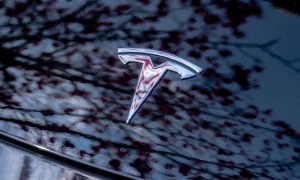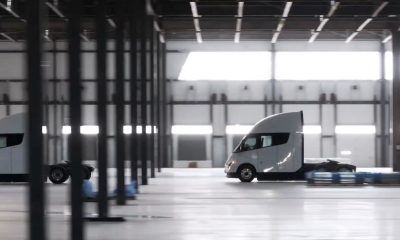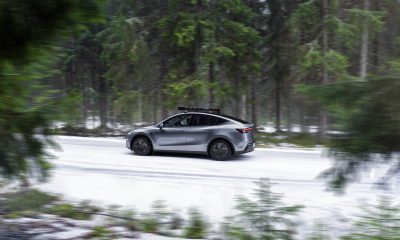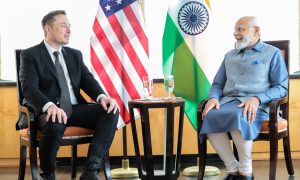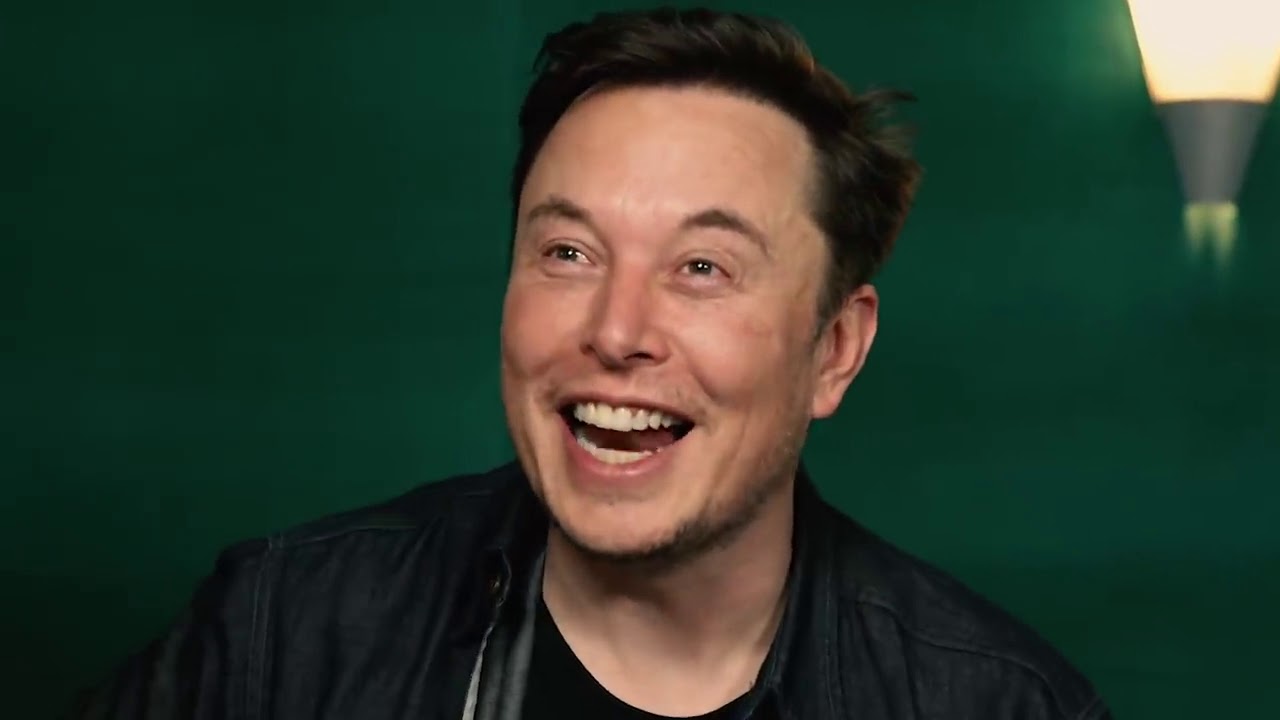

News
The White House finally admits they need Tesla and Elon Musk’s help
Last month, Tesla CEO Elon Musk met with Senior White House officials John Podesta and Mitch Landrieu to discuss the potential of expanding the automaker’s industry-leading charging network to include non-Tesla electric vehicles. The White House finally admitted they couldn’t push sustainability forward at the rate they’d like without Tesla and Musk.
Since the Biden Administration took over the White House, they have been slow to recognize the progress that both Tesla and Musk have contributed to the EV industry. Love him or hate him, Musk is a pioneer when it comes to passenger transportation. If it was not for him and Tesla, it is more than likely that EVs would not be as popular or relevant as they are today.
The details of the White House meeting between Musk, Podesta, and Landrieu remained under wraps until The Washington Post spoke to two people with knowledge of it. The sources explained that Tesla was open to potentially working with the Biden Administration on relinquishing exclusive access to its charging network and instead expanding it to include other EV manufacturers, whether they are legacy companies or startups.
Even still, Tesla did not completely commit to the idea. As I discussed yesterday, the Tesla Supercharger Network is one of the biggest (and, in my opinion, the biggest) advantages the company has. Everyone already knows that Tesla has a wide lineup of vehicles, it now has a commercial truck with the Semi, and it also is working toward launching the Cybertruck, its first pickup.
The 43,000+ Superchargers in the world, with many of them in the United States, offer reliability, consistency, and an excellent footprint that sprawls from high-traffic highways to even rural America. Many are situated near convenience stores, hotels, and other sources of entertainment.
But while Tesla has been building out its expansive network of charging piles, increasing manufacturing capacity, and disrupting the entire automotive sector, it has not won the recognition of the Commander in Chief. Instead, Biden has focused on other companies, like General Motors, and we all know the infamous “You did it, Mary” quote. Nothing against GM, they are making strides in their own right, but it is just plain unfair not to give Tesla and Musk the recognition they so much deserve.
The White House has put billions in government funding aside to help spur the use of sustainability. EVs are one of the biggest contributors to this effort, as most people will end up in a vehicle of some kind throughout their day. However, the White House has not loved mentioning Musk or Tesla by name specifically, and Musk has noticed. So have his biggest supporters.
Tesla’s absence from White House EV event sidestepped in Pete Buttigieg interview
But the Biden White House is reaching a breaking point. With Tesla contributing so much to the EV infrastructure and its goals of establishing 500,000 new EV charging stations in the U.S. market, it is time to swallow the pride that the administration has shown and just ask Tesla if they’d consider it. It finally happened, and the ball now lies in Tesla’s court.
Numerous things have happened that point in the direction of Tesla potentially opening the Supercharger Network to competitors. First, Tesla has been testing the idea through a Pilot Program in Europe. It is open in fifteen countries, the most recent being Italy, which Tesla added in November. It also recently expanded to Australia.
Next, the White House said last year that Tesla would “begin production of new Supercharger equipment that will enable non-Tesla EV drivers in North America to use Tesla Superchargers.”
Finally, Tesla leaked details on what it calls “the Magic Dock” earlier this year in its smartphone app. This showed a potential CCS-compatible connector being added to Supercharger piles, enabling other EVs to charge.
It is a big decision because there is a slice of $7.5 billion at stake here, which Tesla could utilize for its own charging capabilities. To qualify for it, however, the company has to enable other EVs to charge at its Superchargers.
I’d love to hear from you! If you have any comments, concerns, or questions, please email me at joey@teslarati.com. You can also reach me on Twitter @KlenderJoey, or if you have news tips, you can email us at tips@teslarati.com.
News
Tesla cleared in Canada EV rebate investigation
Tesla has been cleared in an investigation into the company’s staggering number of EV rebate claims in Canada in January.
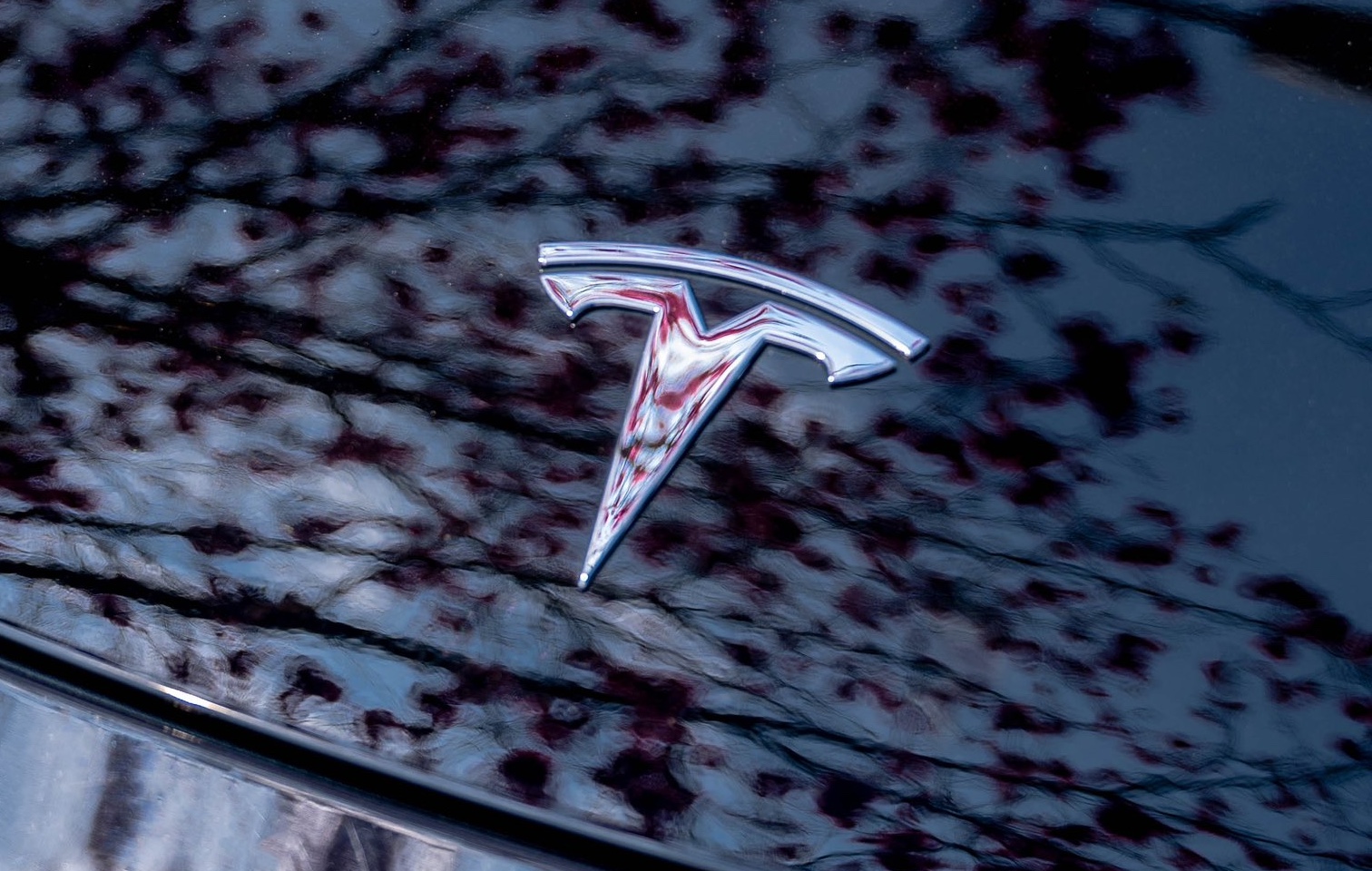
Canadian officials have cleared Tesla following an investigation into a large number of claims submitted to the country’s electric vehicle (EV) rebates earlier this year.
Transport Canada has ruled that there was no evidence of fraud after Tesla submitted 8,653 EV rebate claims for the country’s Incentives for Zero-Emission Vehicles (iZEV) program, as detailed in a report on Friday from The Globe and Mail. Despite the huge number of claims, Canadian authorities have found that the figure represented vehicles that had been delivered prior to the submission deadline for the program.
According to Transport Minister Chrystia Freeland, the claims “were determined to legitimately represent cars sold before January 12,” which was the final day for OEMs to submit these claims before the government suspended the program.
Upon initial reporting of the Tesla claims submitted in January, it was estimated that they were valued at around $43 million. In March, Freeland and Transport Canada opened the investigation into Tesla, noting that they would be freezing the rebate payments until the claims were found to be valid.
READ MORE ON ELECTRIC VEHICLES: EVs getting cleaner more quickly than expected in Europe: study
Huw Williams, Canadian Automobile Dealers Association Public Affairs Director, accepted the results of the investigation, while also questioning how Tesla knew to submit the claims that weekend, just before the program ran out.
“I think there’s a larger question as to how Tesla knew to run those through on that weekend,” Williams said. “It doesn’t appear to me that we have an investigation into any communication between Transport Canada and Tesla, between officials who may have shared information inappropriately.”
Tesla sales have been down in Canada for the first half of this year, amidst turmoil between the country and the Trump administration’s tariffs. Although Elon Musk has since stepped back from his role with the administration, a number of companies and officials in Canada were calling for a boycott of Tesla’s vehicles earlier this year, due in part to his association with Trump.
News
Tesla Semis to get 18 new Megachargers at this PepsiCo plant
PepsiCo is set to add more Tesla Semi Megachargers, this time at a facility in North Carolina.
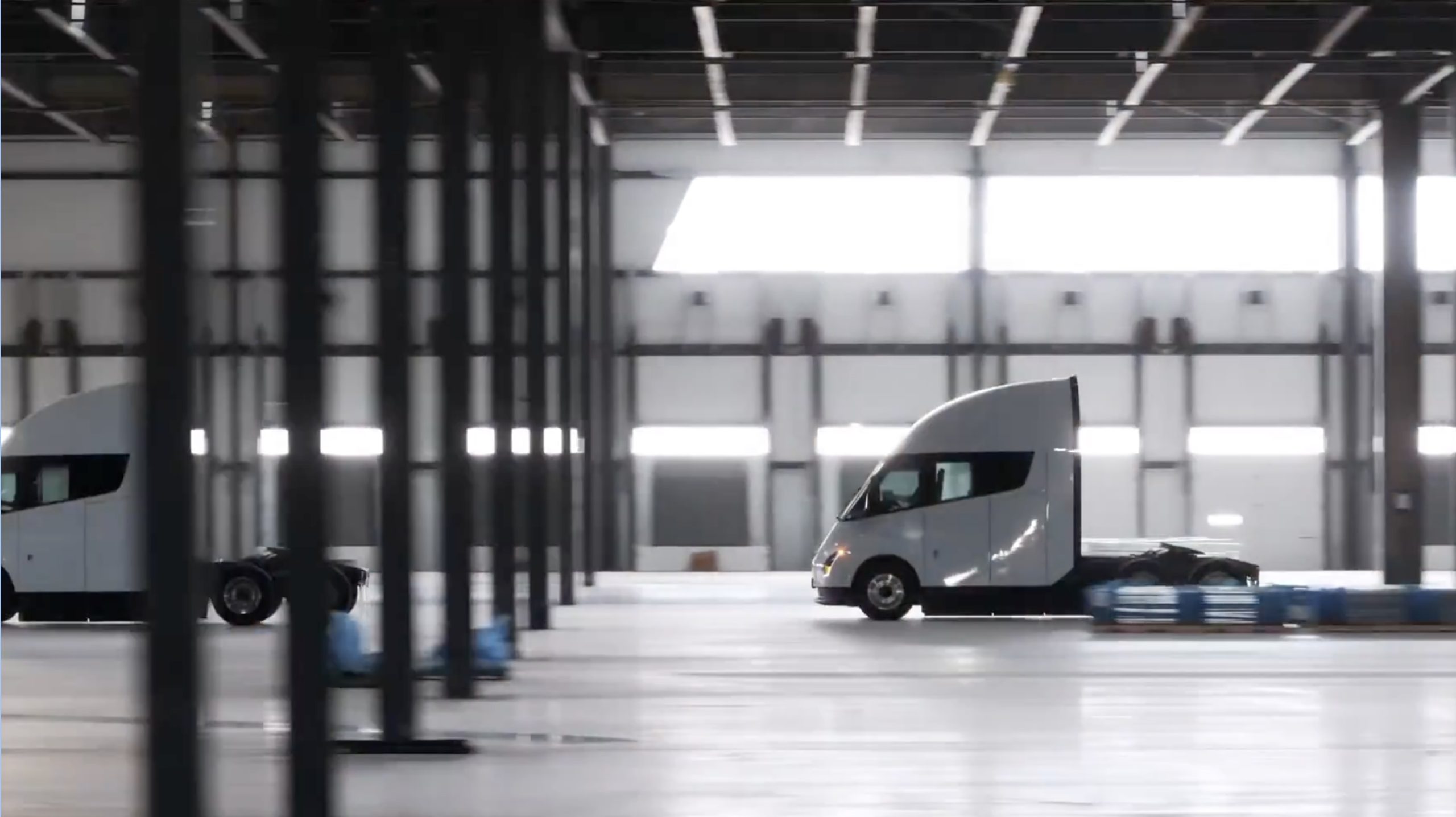
Tesla partner PepsiCo is set to build new Semi charging stations at one of its manufacturing sites, as revealed in new permitting plans shared this week.
On Friday, Tesla charging station scout MarcoRP shared plans on X for 18 Semi Megacharging stalls at PepsiCo’s facility in Charlotte, North Carolina, coming as the latest update plans for the company’s increasingly electrified fleet. The stalls are set to be built side by side, along with three Tesla Megapack grid-scale battery systems.
The plans also note the faster charging speeds for the chargers, which can charge the Class 8 Semi at speeds of up to 1MW. Tesla says that the speed can charge the Semi back to roughly 70 percent in around 30 minutes.
You can see the site plans for the PepsiCo North Carolina Megacharger below.
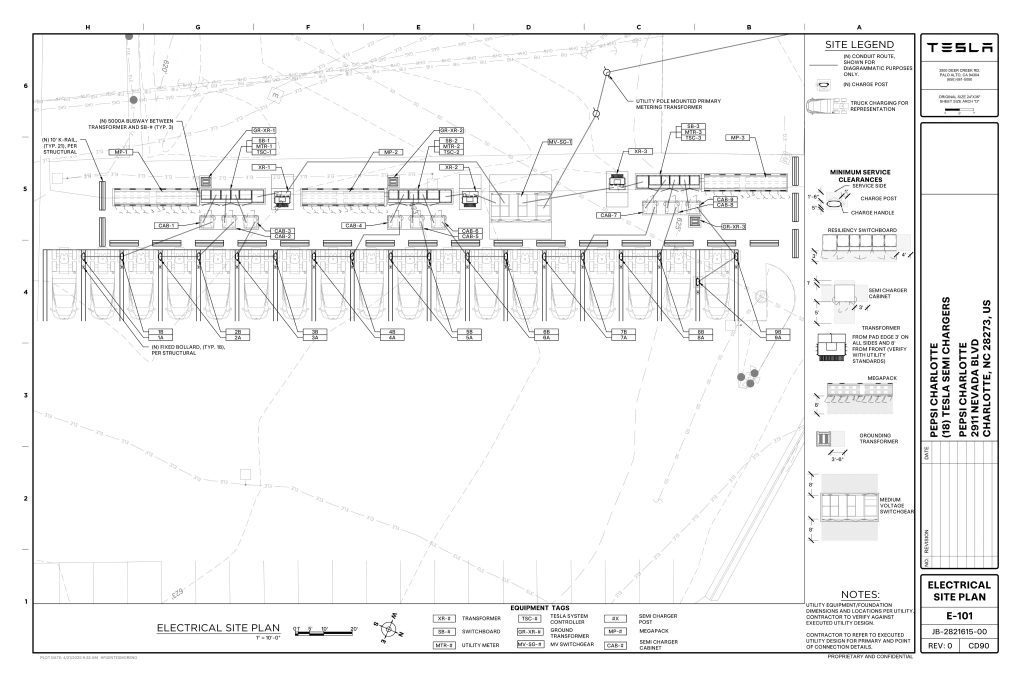
Credit: PepsiCo (via MarcoRPi1 on X)

Credit: PepsiCo (via MarcoRPi1 on X)
READ MORE ON THE TESLA SEMI: Tesla to build Semi Megacharger station in Southern California
PepsiCo’s Tesla Semi fleet, other Megachargers, and initial tests and deliveries
PepsiCo was the first external customer to take delivery of Tesla’s Semis back in 2023, starting with just an initial order of 15. Since then, the company has continued to expand the fleet, recently taking delivery of an additional 50 units in California. The PepsiCo fleet was up to around 86 units as of last year, according to statements from Semi Senior Manager Dan Priestley.
Additionally, the company has similar Megachargers at its facilities in Modesto, Sacramento, and Fresno, California, and Tesla also submitted plans for approval to build 12 new Megacharging stalls in Los Angeles County.
Over the past couple of years, Tesla has also been delivering the electric Class 8 units to a number of other companies for pilot programs, and Priestley shared some results from PepsiCo’s initial Semi tests last year. Notably, the executive spoke with a handful of PepsiCo workers who said they really liked the Semi and wouldn’t plan on going back to diesel trucks.
The company is also nearing completion of a higher-volume Semi plant at its Gigafactory in Nevada, which is expected to eventually have an annual production capacity of 50,000 Semi units.
Tesla executive teases plan to further electrify supply chain
News
Tesla sales soar in Norway with new Model Y leading the charge
Tesla recorded a 54% year-over-year jump in new vehicle registrations in June.
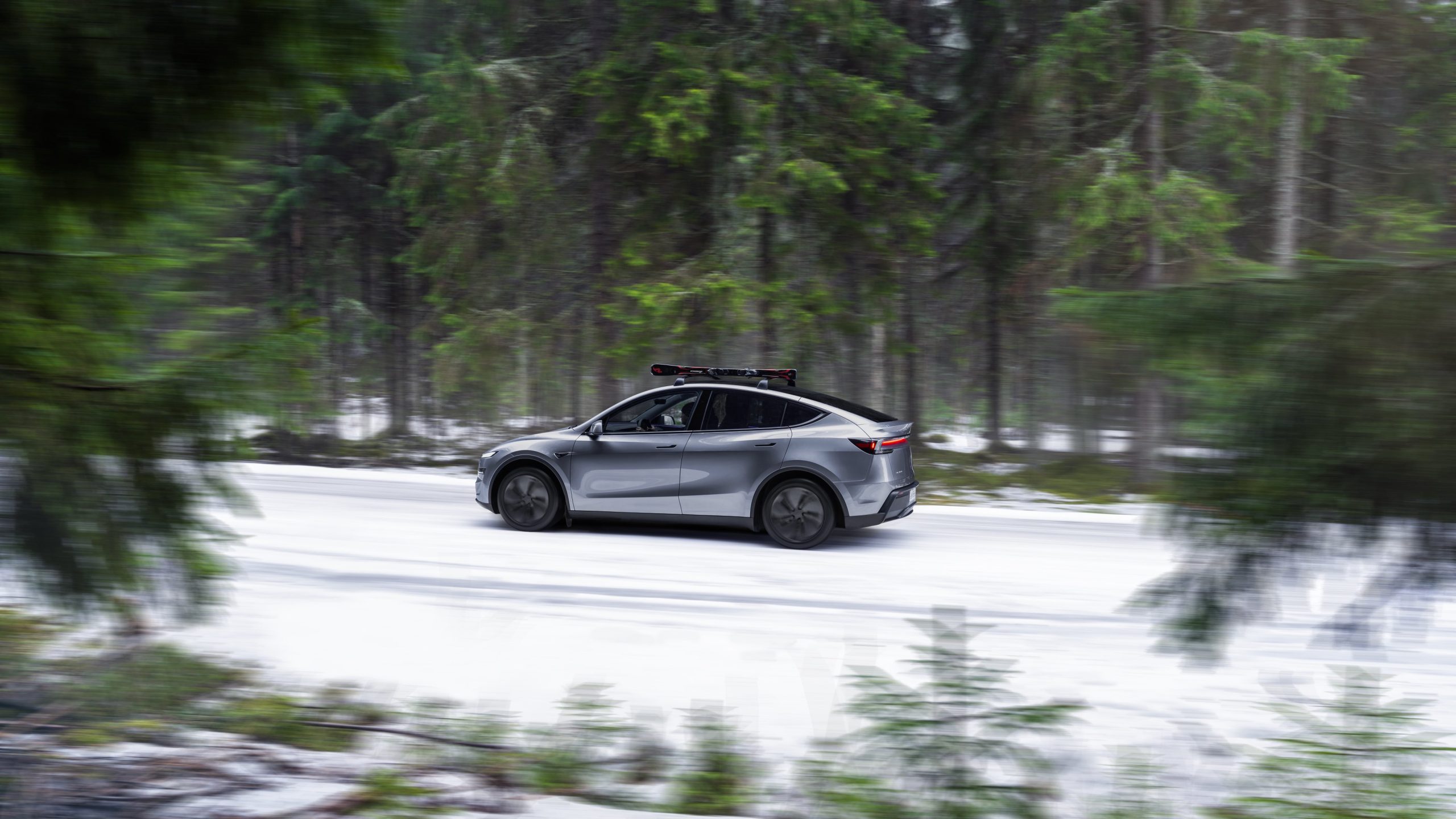
Tesla is seeing strong momentum in Norway, with sales of the new Model Y helping the company maintain dominance in one of the world’s most electric vehicle-friendly markets.
Model Y upgrades and consumer preferences
According to the Norwegian Road Federation (OFV), Tesla recorded a 54% year-over-year jump in new vehicle registrations in June. The Model Y led the charge, posting a 115% increase compared to the same period last year. Tesla Norway’s growth was even more notable in May, with sales surging a whopping 213%, as noted in a CNBC report.
Christina Bu, secretary general of the Norwegian EV Association (NEVA), stated that Tesla’s strong market performance was partly due to the updated Model Y, which is really just a good car, period.
“I think it just has to do with the fact that they deliver a car which has quite a lot of value for money and is what Norwegians need. What Norwegians need, a large luggage space, all wheel drive, and a tow hitch, high ground clearance as well. In addition, quite good digital solutions which people have gotten used to, and also a charging network,” she said.
Tesla in Europe
Tesla’s success in Norway is supported by long-standing government incentives for EV adoption, including exemptions from VAT, road toll discounts, and access to bus lanes. Public and home charging infrastructure is also widely available, making the EV ownership experience in the country very convenient.
Tesla’s performance in Europe is still a mixed bag, with markets like Germany and France still seeing declines in recent months. In areas such as Norway, Spain, and Portugal, however, Tesla’s new car registrations are rising. Spain’s sales rose 61% and Portugal’s sales rose 7% last month. This suggests that regional demand may be stabilizing or rebounding in pockets of Europe.
-

 Elon Musk2 weeks ago
Elon Musk2 weeks agoTesla investors will be shocked by Jim Cramer’s latest assessment
-

 Elon Musk2 days ago
Elon Musk2 days agoxAI launches Grok 4 with new $300/month SuperGrok Heavy subscription
-

 Elon Musk4 days ago
Elon Musk4 days agoElon Musk confirms Grok 4 launch on July 9 with livestream event
-

 News1 week ago
News1 week agoTesla Model 3 ranks as the safest new car in Europe for 2025, per Euro NCAP tests
-
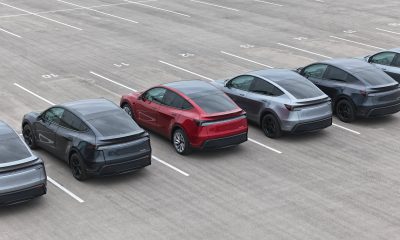
 Elon Musk2 weeks ago
Elon Musk2 weeks agoA Tesla just delivered itself to a customer autonomously, Elon Musk confirms
-

 Elon Musk1 week ago
Elon Musk1 week agoxAI’s Memphis data center receives air permit despite community criticism
-

 News2 weeks ago
News2 weeks agoXiaomi CEO congratulates Tesla on first FSD delivery: “We have to continue learning!”
-

 News2 weeks ago
News2 weeks agoTesla sees explosive sales growth in UK, Spain, and Netherlands in June


